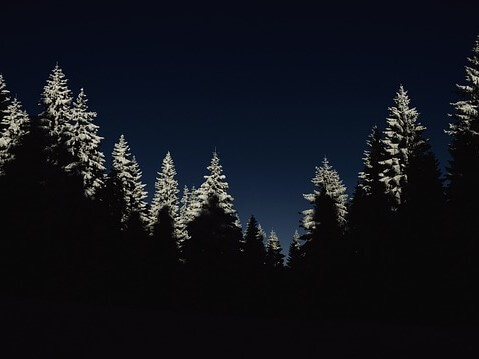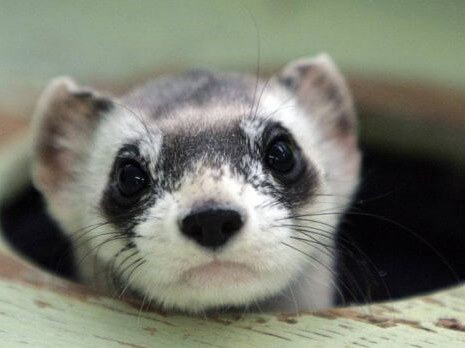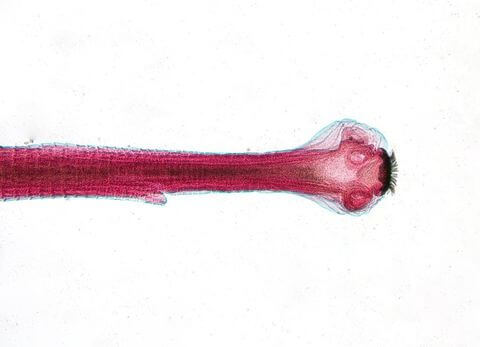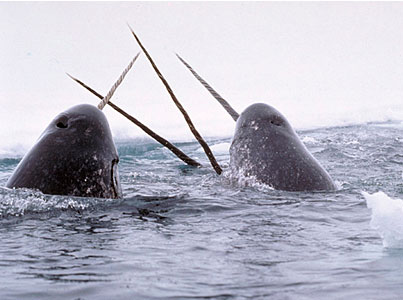
How golf courses are getting greener
Blame it on Augusta and the advent of colour television. Up till then, most golfers
were content to play around the odd weed and didn't get overly upset if skunks dug up turf.
But starting in the late 1960s, colour broadcasts of the Masters Tournament at the Augusta
National Golf Club in Georgia showed the world a meticulously-maintained course
... read more

A 'dating service' for lonely elms
Come winter, most tree huggers wax poetic about towering pines or stands of silvery birch.
But Alan Watson is awed at the sight of a small patch of saplings. He hopes they will grow
into an umbrella-shaped canopy - and revive a stately species that has nearly been wiped out.
The trees are elms, once found across the continent but devastated by a fungus that has killed
... read more

Condemned to death: What happens when a rescue plan works too well
Thirty years ago, the cormorant was a poster bird for the campaign to clean up DDT, the pesticide killing creatures here and abroad.
The Great Lakes, home to 900 nesting pairs in the early 1950s, had a mere 125 by 1973, with scientists unable to find even a single
... read more

O Frankentree
When Christmas snows thaw this spring, Armand Seguin will cut down a stand of about 300
trees outside Quebec City. Although he spent years growing these spruce and poplars, he
will take care to completely burn their trunks, branches, leaves and roots. And environmental
groups such as Greenpeace can hardly wait for the chainsaws to rev up. That's because these
are Canada's first and only genetically modified trees to be grown
... read more

Closing the phosphorous loop
Like a fickle god, phosphorus gives life and takes it away. If too much leaches into lakes and streams,
algal blooms suck oxygen from the water and choke off life. But if too little exists, we are all in trouble:
Phosphorus is a dwindling, and non-renewable, component of agricultural fertilizers, essential to growing
food for Earth's burgeoning population
... read more

Animal boot camp
Twenty-eight years ago, a Wyoming rancher's dog carried a strange-looking dead animal home to its master.
The cream-coloured creature was about the size of a house cat, with a slim body and black feet, face and
tail tip. Puzzled, the rancher took it to wildlife biologists, who were stunned to discover an animal
thought extinct: a black-footed ferret. Further examination revealed that the rancher's property was home
to a
... read more









